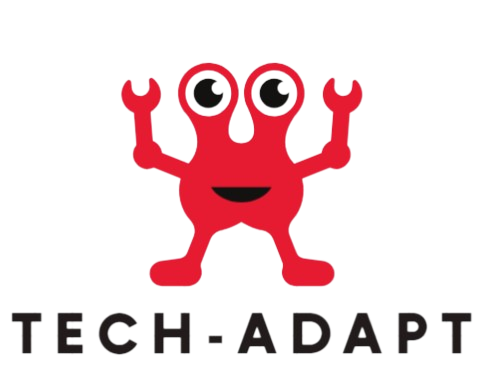“The best to predict the future is to create it.” The future is approaching faster than you would imagine. These new technologies will alter the way we live. The world in which we live is always changing. This is a technologically driven process. The future is being defined by innovation. We can try to build a better world over time as we create the technology of the future. As technology permeates every aspect of our life, this has a variety of meanings. For instance, EdTech can increase access to knowledge on a worldwide scale. Embrace the unpredictability and possibility that new technologies provide rather than seeing digital disruption as alarming and difficult. So, are you prepared?
To witness some of the top predictions of the future of technology:
1. The future of AI is bright: According to a Bloomberg report, the global market for AI was $422.37+ billion in 2021 and is anticipated to expand at a rate of 39.4% CAGR from 2022 to 2028. There was a trend toward producing AI and fixing the issues with data silos, the inclusion of diverse data, reduction of unbiasedness in decision-making, improved teamwork, accessibility of technologies for making decisions based on recent or nearly recent data, increased operational efficiency, and introducing solutions to address compliance, security, and regulation. The sector would be able to now have solutions for these problems.
2. Real-time data processing is becoming the norm: More and more businesses are switching their workloads from day/hours of delay to minute latency. This is motivated by two factors. Over the past five years, a growing number of workloads and use cases for minutes and seconds of latency have appeared. Three drivers are involved:
1. New applications like fraud detection
2. A growing number of streaming data sources, such as IoT and mobile devices.
3. Streaming technologies are becoming more accessible and widespread.
3. Our brains will be directly connected to the cloud by nanobots: Nanobots are the newest technology. By the year 2050, nanobots will directly connect our brains to the cloud, enabling us to experience virtual reality in its entirety from inside our nerve systems. With our brains, we will be able to expand our neocortex on the cloud, just like we can with our smartphones. And disregard issues with proof, recollection, etc.
4. Drone solution for finding unexplored areas: Businesses like Inkonova began to develop drones that can fly, drive, climb, and scan areas with laser technology to produce 3D maps of them. With the use of this developing airborne robotics technology, we will be able to extend human reach into any area devoid of built-up areas.
5. There will be an IT labor shortage in the EU: Europe has a significant need for developers, yet the majority of IT education is only offered in English. It is not surprising that non-native English speakers choose to learn in their own language given that there are 24 official languages spoken in only Europe. However, you can now find a lot of coding academies, schools, and institutions that specifically train junior developers to meet the needs of particular businesses.
6. Transition to 100% renewable energy using ocean thermal energy: One of the largest renewable energy sources in the world, ocean thermal energy is a mostly untapped resource. By converting ocean thermal energy into utility-scale electricity. Considering that it is one of the few consistent energy sources that are readily available year-round, day and night, it will be a significant component of the future energy mix.
7. A fresh period in computing: By 2025, quantum computing will be past its infancy and a first generation of commercial devices will be capable of solving significant, practical issues. The simulation of complex chemical interactions will be a key use of this new type of computer, a potent instrument that opens up new directions in drug discovery. The development of innovative materials with desired features, such as improved automotive catalysts that reduce emissions and counteract climate change, will also benefit from quantum chemical calculations.
8. Healthcare paradigm shift: Based on the growing body of knowledge surrounding the health advantages of diets high in plants and nutrients, healthcare systems will start using more preventative health methods by 2025. AI-driven and systems biology-based technology will make this trend possible by exponentially increasing our understanding of the role of particular dietary phytonutrients in particular human health and functional outcomes. Consumers will seek healthier food to bolster their natural defenses after the pandemic of 2020 because they will be more conscious of the value of their underlying health.

